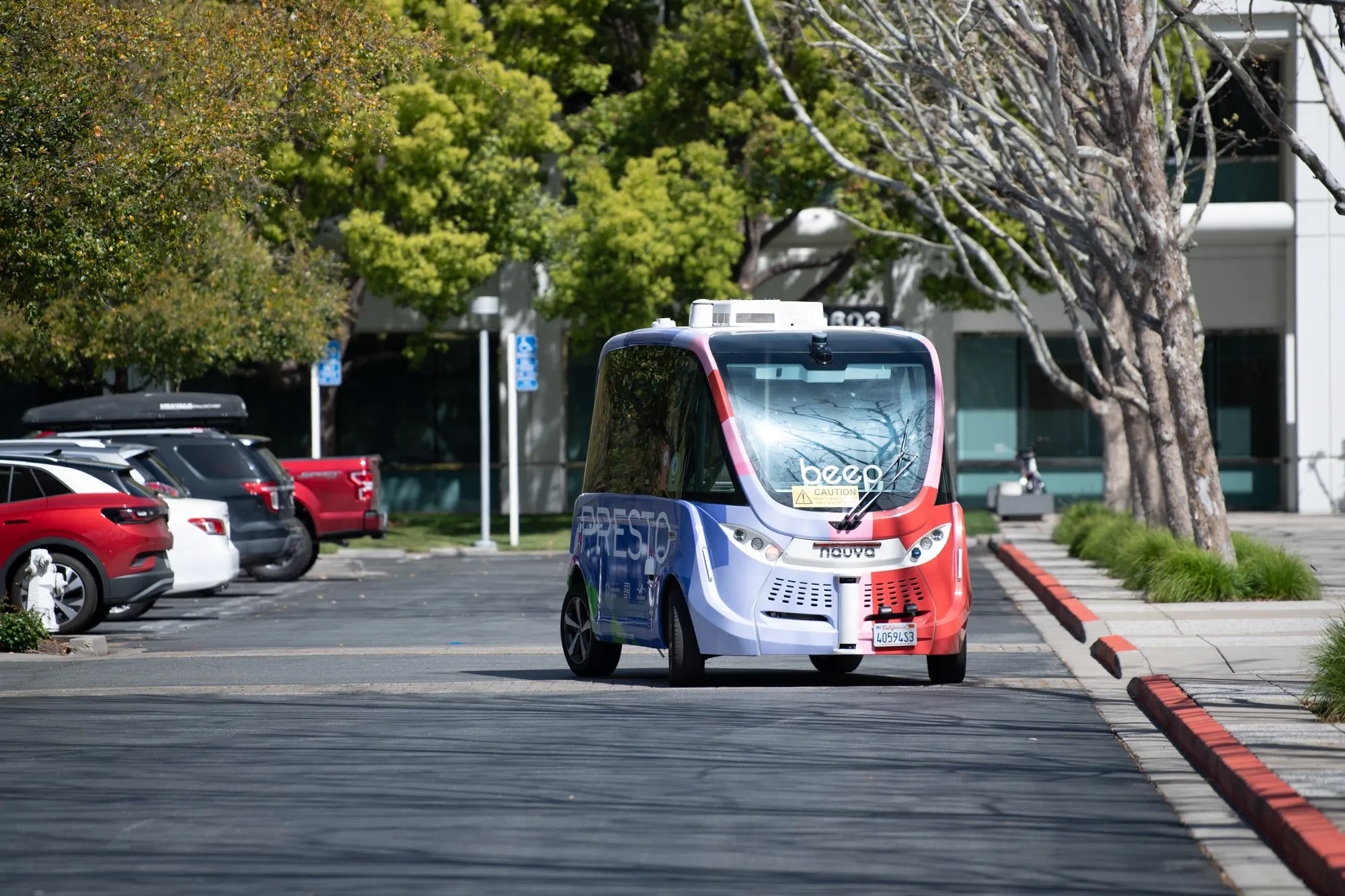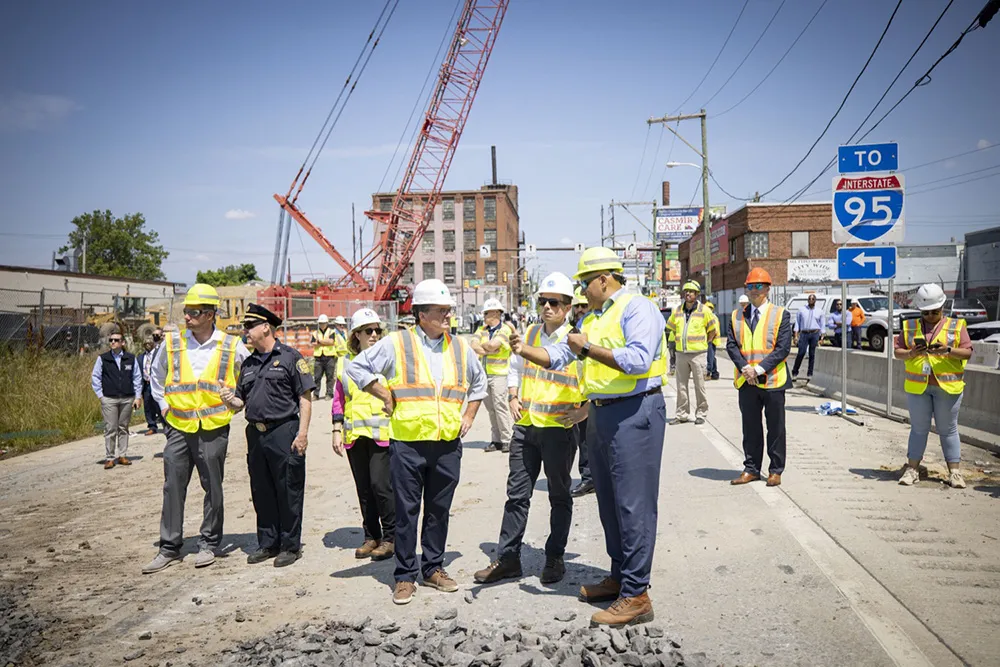The Highways Agency has awarded a 15-month, US$980,000 contract to Atkins and Yotta for the supply of Yotta’s Horizons visualised asset management software and associated implementation services. The software will enable the Highways Agency to carry out modelling to understand the current and future condition of the road network based on its national pavement condition survey data. This model will then be used to predict where and when maintenance is likely to be needed.
Horizons will incorporate data
February 7, 2014
Read time: 2 mins
RSSThe 503 Highways Agency has awarded a 15-month, US$980,000 contract to 1677 Atkins and 7606 Yotta for the supply of Yotta’s Horizons visualised asset management software and associated implementation services. The software will enable the Highways Agency to carry out modelling to understand the current and future condition of the road network based on its national pavement condition survey data. This model will then be used to predict where and when maintenance is likely to be needed.
Horizons will incorporate data gathered from a package of condition surveys. A significant proportion of the surveys is delivered by Yotta for the Highways Agency, which include Traffic Speed Condition Survey (TRACS), skid resistance and deflectograph surveys as well as providing visualised asset coverage of England’s trunk roads and motorways, covering approximately 18,650 lane miles (30,000 lane kilometres). The decision support tool will help the Highways Agency to visualise its asset data and to run analyses to develop programmes of pavement renewals work
Alan Taggart, Atkins’ asset management service director said, “It is vital that highway authorities can make the most of their existing assets, to provide efficient and effective services to road users. This partnership demonstrates how collaboration between technology providers and asset management consultants can ensure the Highways Agency can deliver on their business objectives by using effective asset management solutions”.
Horizons will incorporate data gathered from a package of condition surveys. A significant proportion of the surveys is delivered by Yotta for the Highways Agency, which include Traffic Speed Condition Survey (TRACS), skid resistance and deflectograph surveys as well as providing visualised asset coverage of England’s trunk roads and motorways, covering approximately 18,650 lane miles (30,000 lane kilometres). The decision support tool will help the Highways Agency to visualise its asset data and to run analyses to develop programmes of pavement renewals work
Alan Taggart, Atkins’ asset management service director said, “It is vital that highway authorities can make the most of their existing assets, to provide efficient and effective services to road users. This partnership demonstrates how collaboration between technology providers and asset management consultants can ensure the Highways Agency can deliver on their business objectives by using effective asset management solutions”.








